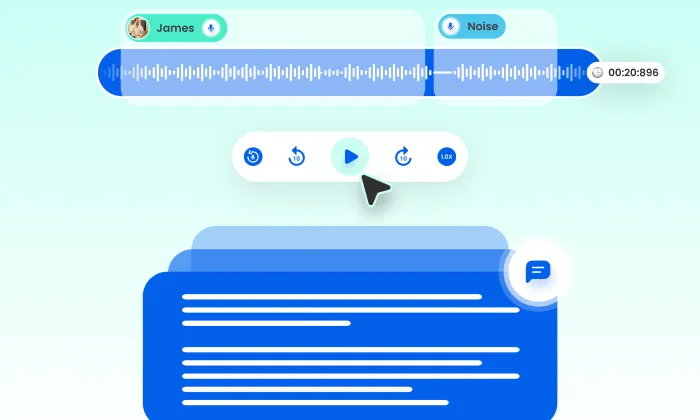What should a product owner ask before buying a call center dataset?
Product Management
Call Center
Data Acquisition
Before purchasing a call center speech dataset, product owners should ensure it meets quality standards, aligns with specific needs, and adheres to ethical guidelines. Key considerations include data quality, diversity, domain relevance, compliance, and vendor capabilities.
Quick 5-Step Checklist
- Verify annotation QA
- Confirm compliance
- Ensure diversity
- Check domain relevance
- Assess vendor capabilities
Choosing the Right Call Center Dataset Matters
Selecting the right dataset can significantly impact your AI model’s performance and reliability. Here are the crucial aspects to consider:
1. Data Quality & Annotation Readiness
Ensure the dataset is structurally clean and ready for training. Check if transcriptions are human-verified and quality-controlled, with aligned speaker turns, timestamps, and labeled intents.
Make sure there are robust QA workflows to validate accuracy and consistency. Tracking metrics like Word Error Rate (WER) and Speaker Error Rate (SER) on a held-out test set can benchmark dataset quality.
Pro Tip:
Implement “model-in-the-loop feedback” to iteratively improve your model by flagging low-confidence transcriptions for re-annotation.
2. Diversity & Real-World Noise Coverage
Don’t overlook diversity in your dataset. Ensure it includes:
- Different accents, genders, age groups, and speaking styles
- Multilingual recordings aligned with your market
- Varied acoustic environments, from quiet to noisy
Q: How do I know if my data covers real-world noise?
A: Check the acoustic environment tags to ensure variety.
3. Domain-Specific vs. Generic Conversations
Assess whether the dataset aligns with your specific domain and use case:
- Are the conversations domain-specific (e.g., retail returns, healthcare triage)?
- Do they include multi-turn exchanges, such as inquiries and complaints?
Generic data won’t yield high accuracy in specialized customer interactions.
Example:
A German-banking model saw a 15% User Error Rate (UER) reduction after adding 50 hours of domain-specific loan inquiry calls.
4. Scale, Balance & Metadata Structure
Evaluate the dataset size and structure:
- How many hours of labeled audio are included?
- Is the dataset balanced across intent types and sentiment?
- Does the metadata conform to standard schemas (JSON/CSV) for easy MLOps integration?
Pro Tip:
Regularly review your dataset to detect data drift, such as shifts in accent or sentiment over time.
5. Compliance, Consent & Ethical Sourcing
It’s essential to confirm regulatory and ethical standards:
- Compliance with GDPR, HIPAA, etc.
- Documented consent from speakers
- Proper anonymization and sourcing documentation
- Avoidance of copyright and PII concerns
6. Vendor Maturity & Customization Capabilities
Review the vendor’s capability:
- Does their platform support QA, metadata enrichment, and re-annotation?
- Can they customize datasets for your vertical (e.g., language, accent, use case)?
Pro Tip:
Confirm you obtain commercial usage rights and clear IP guarantees.
Final Pro Tip: Turning Your Dataset into a Strategic Asset
Product owners should view call center datasets as dynamic inputs that drive:
- Model performance
- User trust
- Operational accuracy
Asking the right questions upfront saves time, reduces cost, and positions your AI for long-term success.
Next Step
Looking to enhance your AI with a dataset that matches your needs?
Schedule a 15-minute data audit with FutureBeeAI specialists and explore how we can deliver production-ready datasets tailored to your goals.
What Else Do People Ask?
Related AI Articles
Browse Matching Datasets
Acquiring high-quality AI datasets has never been easier!!!
Get in touch with our AI data expert now!








